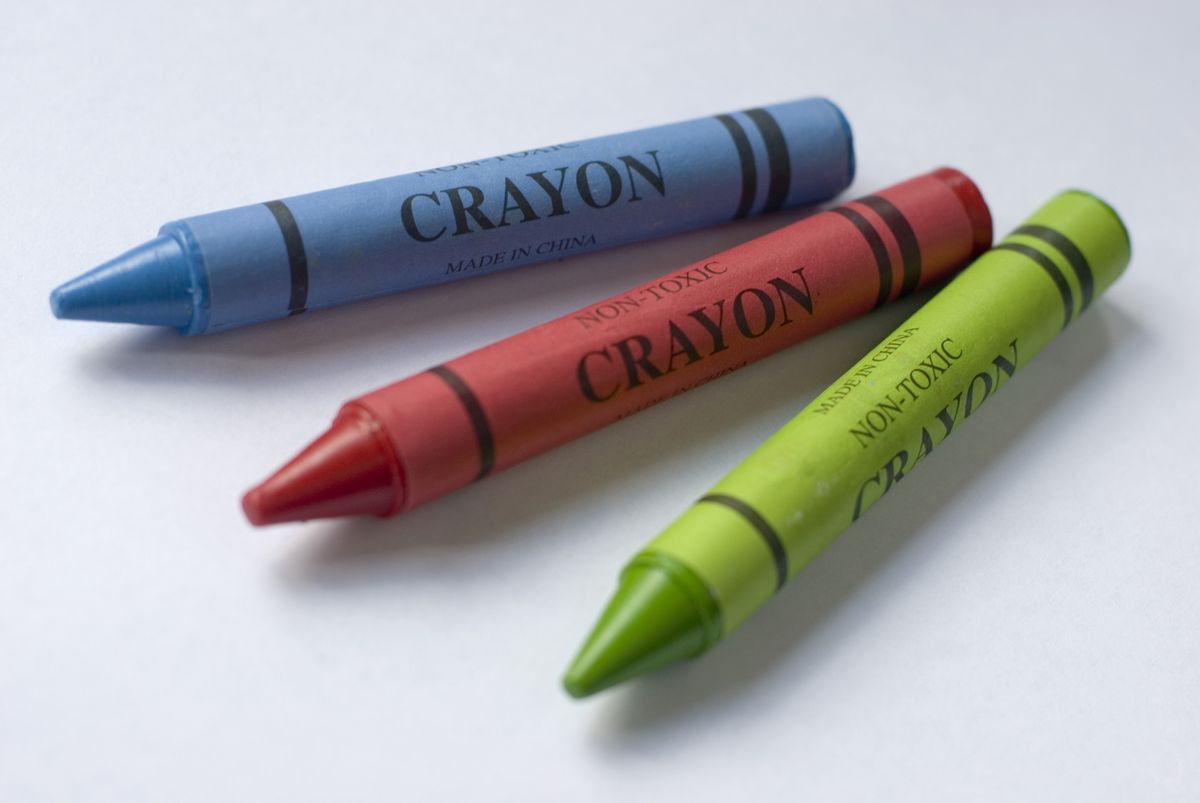On 7 August 2018, the United States Public Interest Research Group (US PIRG), a non-governmental organization that acts as “an advocate for the public interest,” issued their “Shopping Guide for Back-to-School Supplies.” This report, released annually, tests various items commonly include in back-to-school shopping lists for toxic chemicals. According to US PIRG's report, “trace amounts of asbestos [were found] in Playskool crayons sold at Dollar Tree.”
Asbestos is the name for a group of fire-retardant minerals which were once commonly used in building construction but which are now unequivocally linked to a variety of cancers and are (for the most part) banned from being used as a building material in the United States:
The asbestos fibers can ... be inhaled without knowing and trapped in the lungs. If swallowed, they can become embedded into the digestive tract as well. Asbestos is a known human carcinogen and can cause chronic lung disease as well as lung and other cancers. Symptoms and/or cancer may take many years to develop following exposure.
A representative of US PIRG told us via email that they sent green crayons from six brands to an independent laboratory which utilized two laboratory methods to test for the presence of asbestos. The first test employed a polarizing light microscope to identify fibrous minerals, while the second test used a kind of electron microscope which can identify the chemical components of a mineral. Based on these results, shown to us by US PIRG, trace amounts of the asbestos mineral tremolite was found in multiple tests of the Playskool brand crayon sample, with concentrations varying from 0.10% to 0.13%.
This is not the first time asbestos has been identified in crayons. The Environmental Working Group identified four brands of crayon that contained trace amounts of asbestos in 2015. The most plausible source for those asbestos traces, the group maintained, was likely the talc powder sometimes used in the crayon manufacturing process: " The suspected origin of the asbestos in the items that tested positive is talc, a binding agent in crayons ... Asbestos deposits are frequently found in talc mines and may contaminate talc products."
While the most significant risk from asbestos comes from the inhalation of airborne fibers sourced from powdered material, US PIRG stressed to us that children frequently chew on crayons, which could provide another possible route for exposure. The group is requesting that Dollar Tree and Playskool recall the asbestos-tainted crayons, remove them from store shelves, and contact customers to warn them about the crayons.
